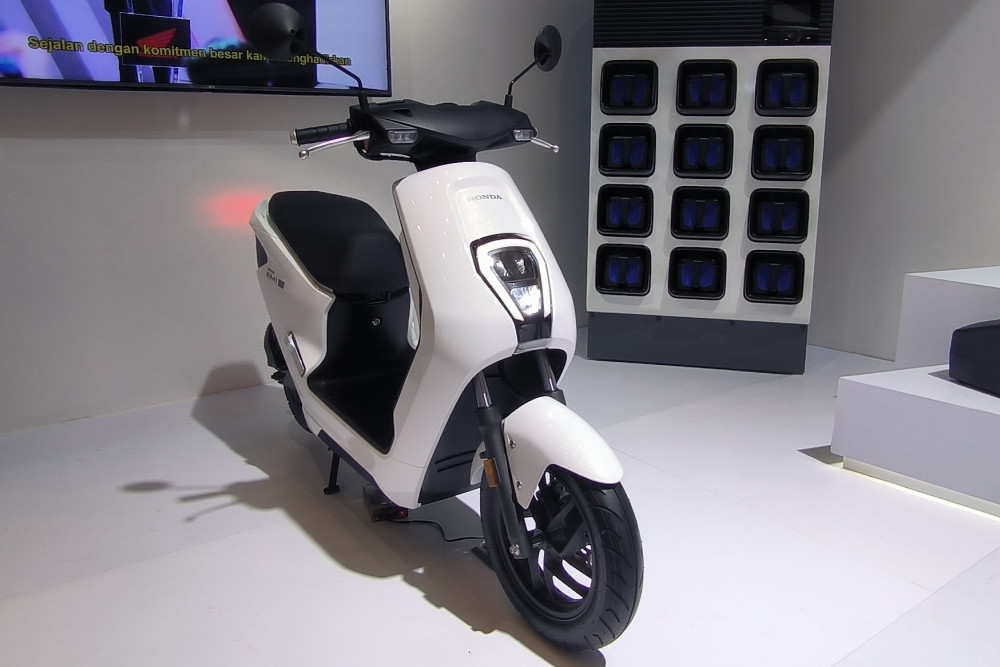
The workings of electric motors certainly have differences with motors that use fuel oil. An electric motor is a device that can convert electrical energy into mechanical energy which makes it run on the streets.
The way an electric motor works is simply by converting electrical energy into mechanical energy, so that it can run like a motor that uses fuel. It’s just that, there are still many drivers who don’t really understand how an electric motor works.
As previously mentioned, the workings of electric motors are differentiated by type. Here’s how DC electric motors, induction electric motors, and synchronous electric motors work that you need to understand.
How DC Electric Motors Work
The workings of a DC electric motor rely on two parts of the unit, namely the stator and rotor. The stator is a unit consisting of a field coil and a non-rotating frame, while the rotor is a unit consisting of a rotating armature coil.
DC electric motors in principle rely on electromagnets. The workings of this type of electric motor are flowing electric current in the coil to the north magnetic surface. After getting electricity, the magnet will move from the north to the south pole.
The south magnetic coil will then move towards the north pole. When the two poles face each other, there will be a strong attractive force that makes the coil stop moving.
How the induction electric motor works
The induction type electric motor utilizes the Lorentz Force which will cause current to flow in the stator and rotor with electromagnetic forces. The way an induction electric motor works is unique, because the engine does not operate at synchronous (asynchronous) speed.
This type of electric motor consists of two types, namely single-phase and three-phase induction with different functions. Single-phase induction motors are smaller in size, while three-phase induction motors are larger, making them widely used for industrial needs. Three phase treatment is also more efficient than one phase.
Just like a DC electric motor, an induction motor is also equipped with two main parts consisting of a stator and a rotor. The stator is the stationary part of the coil and carries the overlapping winding, while the rotor carries the main winding.
How Synchronous Electric Motors Work
Slightly different from the other two types of motors, the way this electric motor works does not depend on industrial currents to operate. The workings of a synchronous electric motor are based on a fixed speed with a certain frequency.
In simple terms, the workings of this type of electric motor are influenced by the interaction between the stator and rotor magnetic fields. The rotor in a synchronous electric motor is a permanent magnet which is synchronized with a rotating magnetic field. As a result, the resulting rotation will appear synchronous according to the current frequency set.